Rural Wranglers: Eureka!
Fall 2022
Discover why this old mining town is one of Nevada’s best-kept secrets.
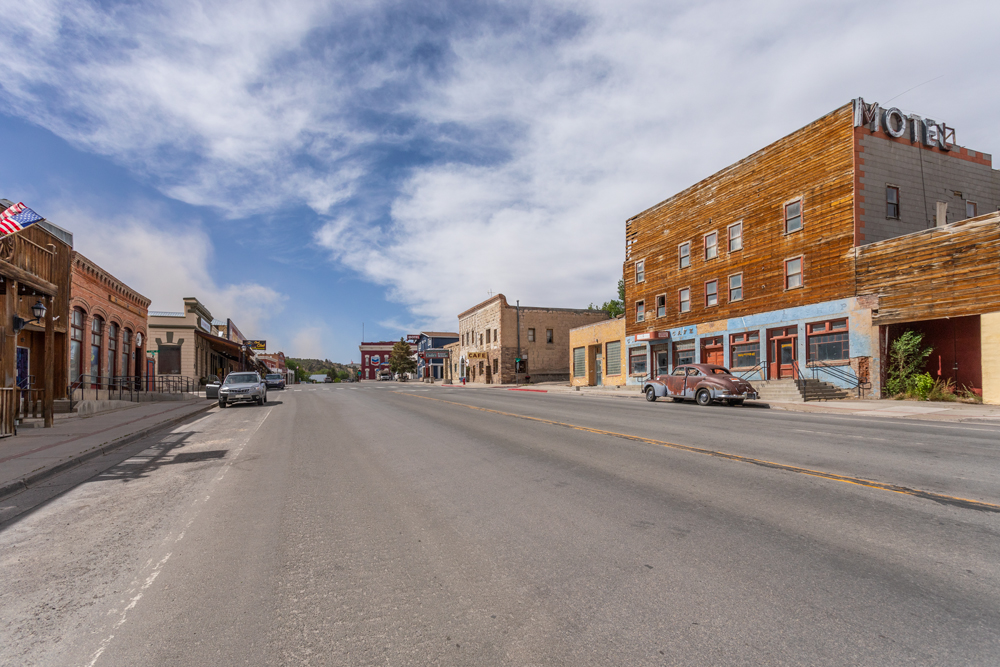
While Las Vegas and Reno offer white-glove hospitality and world-class entertainment, it’s our rural destinations that give visitors a glimpse into the heart and soul of our state. Each issue, you’ll find one of our smaller-but-no-less-incredible towns highlighted.
In ancient Greece, King Hieron’s new crown was to be made of pure gold, but to be sure, the court asked the mathematician Archimedes to determine if inexpensive metals had been used instead.
To think the problem over, Archimedes took a bath. As he stepped into the tub, he noticed water spilling over the side. The answer suddenly came to him! A gold bar with the same weight as the crown should displace the same amount of water. If it didn’t, then the blacksmith had certainly cheated the king. The greatest scientist of the ancient era leapt from his tub and ran undressed toward the palace, proclaiming, “Eureka! I have found it!”
More than 2,000 years later, that same exclamation was evoked by prospectors in the heart of the Great Basin Desert, and from their discovery, one of the West’s richest boomtowns was born.
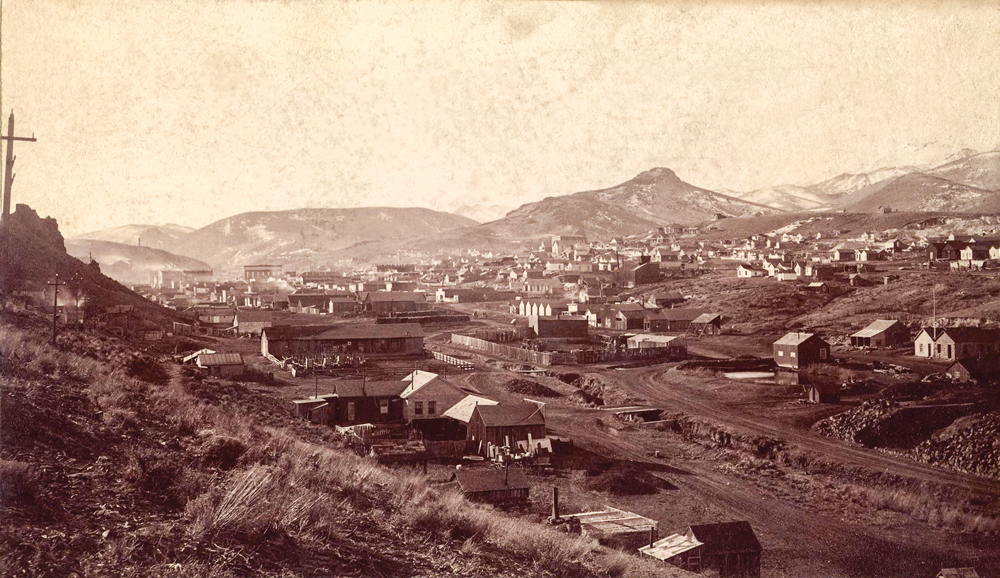
PITTSBURG OF THE WEST
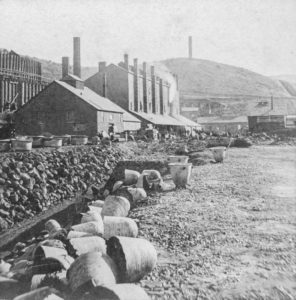 When silver was discovered in 1864 near what would become modern-day Eureka, prospectors knew they had a problem. Though the silver ore was plentiful, it was hard to reach and tainted with large quantities of lead. The only way to remove the lead was with a super-hot smelter, but those weren’t easy to come by.
When silver was discovered in 1864 near what would become modern-day Eureka, prospectors knew they had a problem. Though the silver ore was plentiful, it was hard to reach and tainted with large quantities of lead. The only way to remove the lead was with a super-hot smelter, but those weren’t easy to come by.
No prospector would make his millions digging out a claim in this remote canyon. Turning ore into profit in Eureka required significant investment, a sophisticated economy of specialists and workers, and cutting-edge technology.
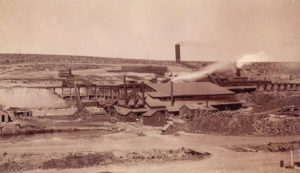 The mining camp was soon home to engineers and laborers, many coming from outside the United States. Settlers from England, Italy, China, Switzerland, and Basque country used their expertise to help build the smelters and mines for the ambitious operation. Many in this international group settled down in Eureka, and the town would forever be a melting pot community.
The mining camp was soon home to engineers and laborers, many coming from outside the United States. Settlers from England, Italy, China, Switzerland, and Basque country used their expertise to help build the smelters and mines for the ambitious operation. Many in this international group settled down in Eureka, and the town would forever be a melting pot community.
Within a decade, more than 50 mines and a dozen smelters were producing 700 tons of ore a day. By 1879, Eureka’s population had exploded to 9,000 residents, and the bustling town became one of the richest towns in the West, second only to Virginia City.
Like Virginia City, Eureka’s wealth spurred the import of luxury and culture to satisfy cosmopolitan tastes. The burgeoning Nevada community sported fine restaurants, gambling halls, oyster bars, an opera hall, three newspapers, and nearly 100 saloons.
There was a cost to the success. Pollutants cooked out of the ore formed a blanket of smog that filled the canyon, earning Eureka the nickname “Pittsburg of the West.” In addition, forests were chopped down in a 50-mile radius to feed the hungry smelters, necessitating timber to be imported from the distant Sierra Nevada mountains. Today, visitors will find nothing but clear-blue skies in Eureka, but large slag piles at either end of town still harken back to the town’s early days.
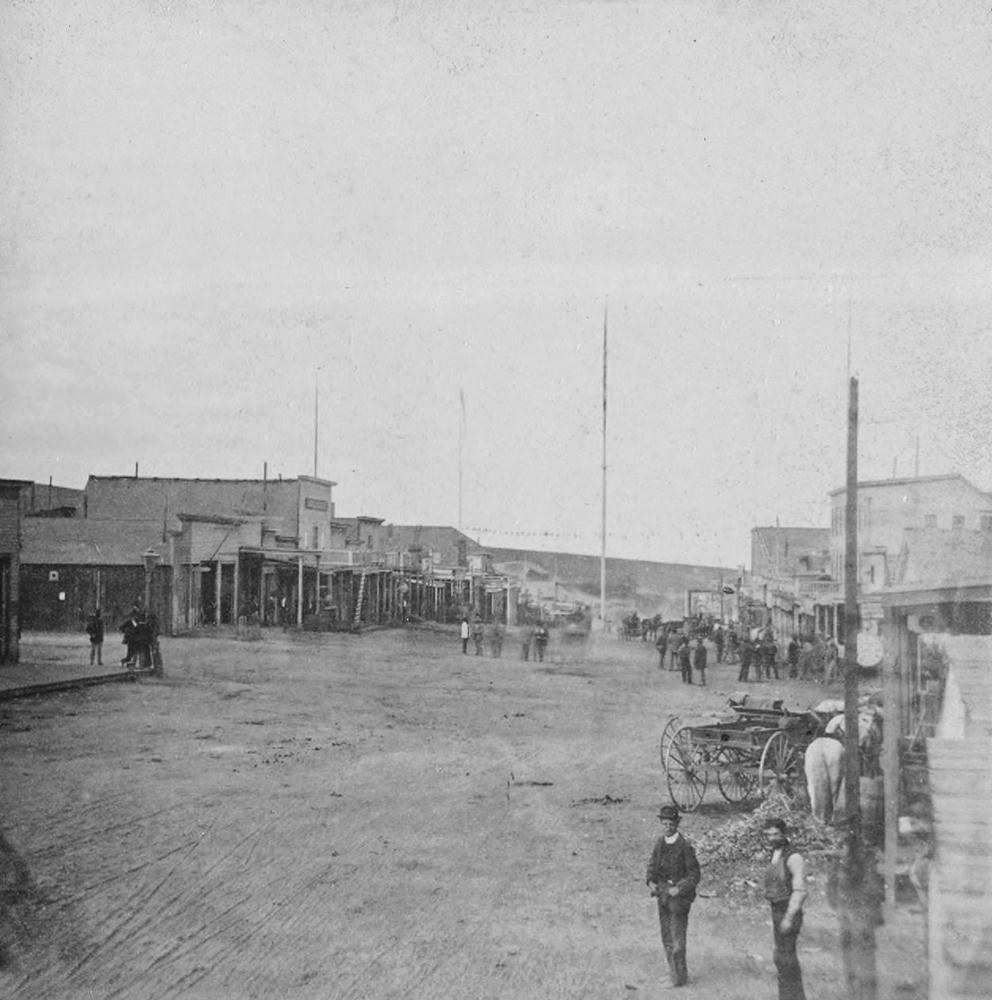
EUREKA! YOU FOUND US!
After hours of winding along the Loneliest Road in America, arriving in Eureka might come as a surprise. The town’s tongue-in-cheek slogan “Eureka! You found us!” is well suited, as the nearest community is 70 miles away.
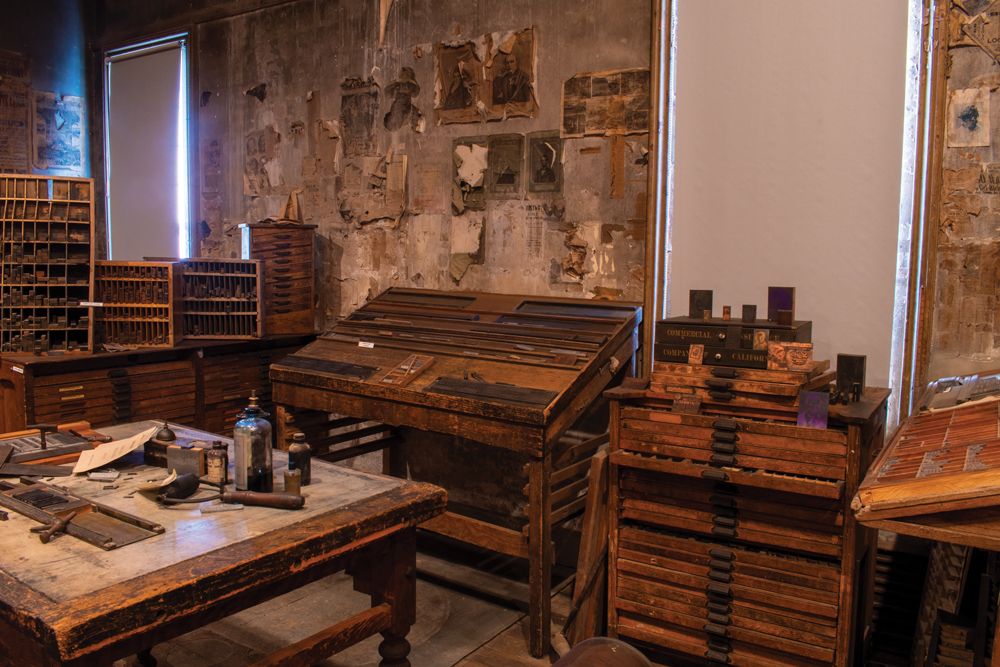
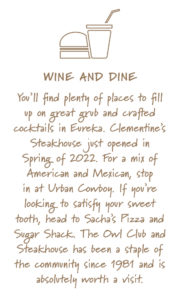 It’s not just its sudden appearance in the high desert that makes this community impressive: Eureka is one of the best-preserved mining towns in the West. The well-kept promenade features a line of charming brick rowhouses and storefronts with the elegant courthouse and opera hall standing as proud monuments to the town’s past.
It’s not just its sudden appearance in the high desert that makes this community impressive: Eureka is one of the best-preserved mining towns in the West. The well-kept promenade features a line of charming brick rowhouses and storefronts with the elegant courthouse and opera hall standing as proud monuments to the town’s past.
Eureka’s 600-some residents continue to honor the town’s 150-year legacy, and today, the pristine main street is alive and thriving with eclectic shops, restaurants, and lodging to satisfy any traveler.
A visit to Eureka is a rare, refreshing experience in today’s busy tourist scene. Although the town is full of history, there are no velvet ropes or lofty tour fees here. Visitors are encouraged to explore the historic public buildings at their leisure while interacting with passionate locals.
YOU ARE HERE
When visiting any town, it’s good to know where to begin. We recommend parking anywhere on South Main Street near the courthouse and making your way to the Palisade Train Car. This 1875 crew car doubles as Eureka’s visitor center and is open 24/7. Inside, you’ll find brochures, information on local businesses, and a must-have walking map with 62 points of interest. Here are just a few suggestions to get you started.
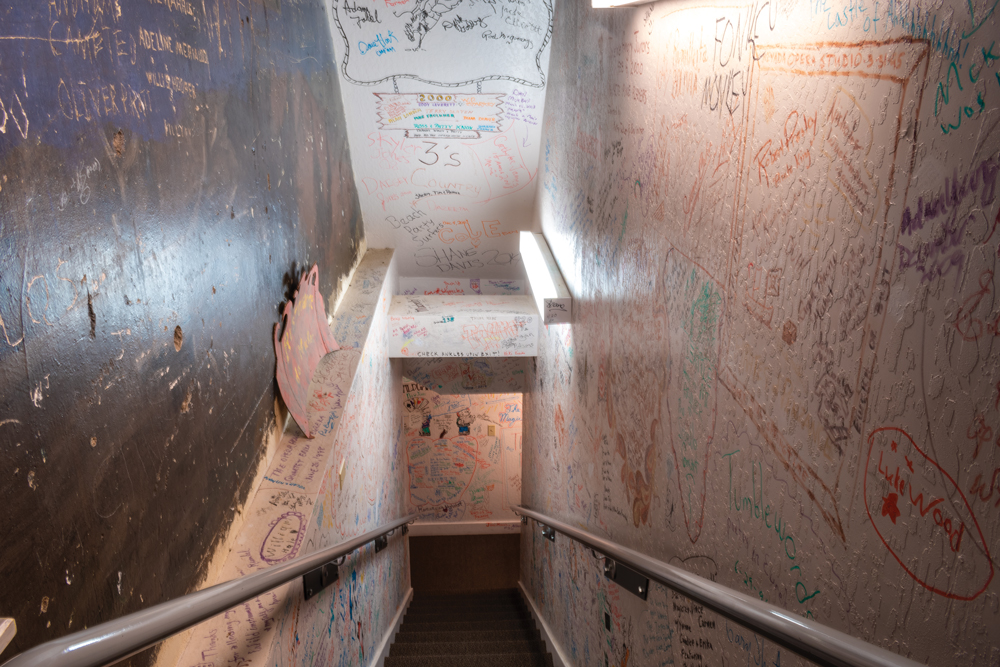
Eureka Opera House (1879)
This historic building is Eureka’s crown jewel and can be toured Tuesday through Saturday. After admiring the main gallery and its High Victorian stage, head downstairs to see more than a century’s worth of signatures adorning the walls left by past performers. This building is still used daily, so look for upcoming performances when planning your visit.
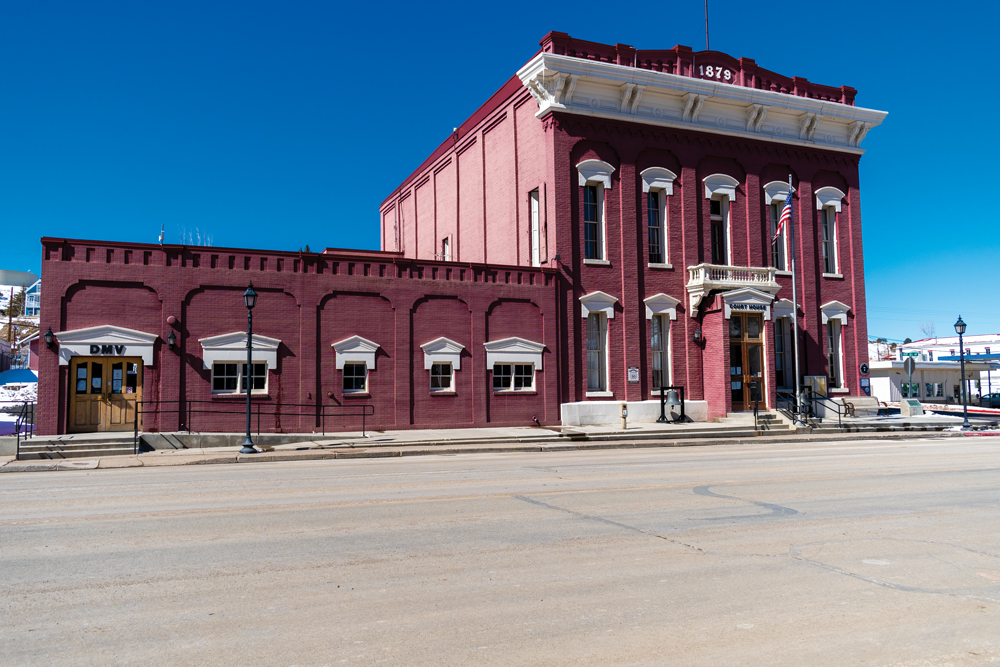
Eureka Courthouse (1879)
The courthouse still serves as the functioning governmental and legal center of Eureka County, but visitors are welcome to stroll inside. The interior features wonderful examples of Italianate design, gilded accents, tin-stamped ceilings, and a walk-in vault. Guests will also find two bullet holes left after guards fired at a fleeing prisoner in 1900.
Sentinel Museum (1879)
This building was home to the town’s daily newspaper, “The Eureka Sentinel,” which was printed daily from 1879 to 1960. Today, the old printing room downstairs is left preserved as if the editors have just finished their shift. Upstairs, a museum—filled with everything from Edison phonographs to 1920s gas pumps—chronicles the town’s history.
Raine’s Market (2016)
Decided to stay for the night and in need of snacks and sundries? This store just outside town has the feel of an urban supermarket without the crowd. Stop in at the deli for delicious sandwiches or burritos.
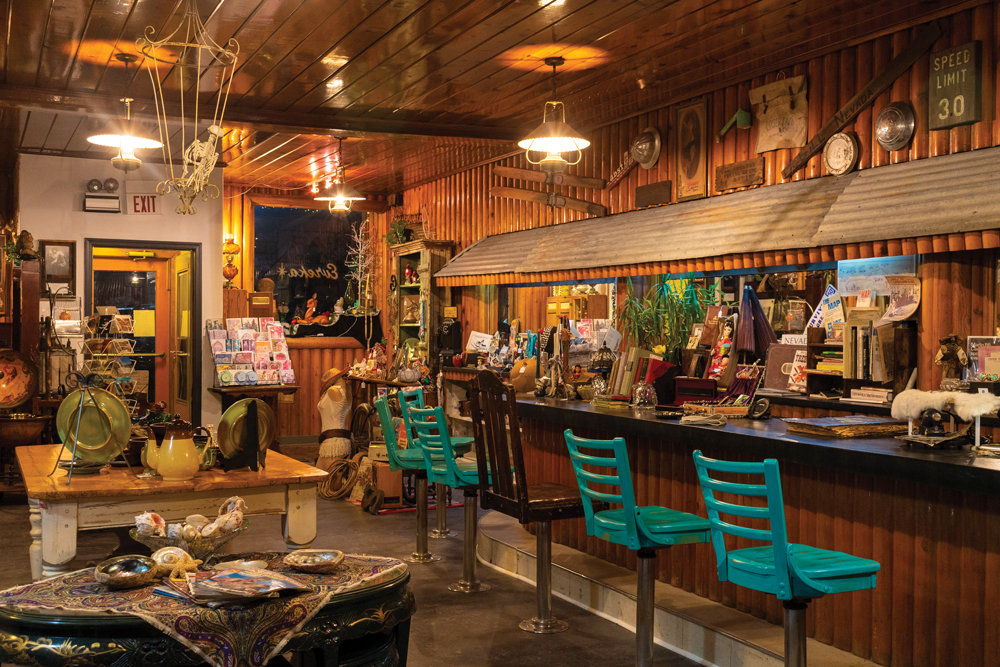
Afterlife Antiques (2022)
While many of Main Street’s shops and restaurants deserve their own call-out, this recently opened antique store offers something you’ll find almost nowhere else in the state. Beneath the building are the remains of brick access tunnels dating back to the late 19th century. Chat with the storeowners to get your personal tour of this historic relic (and be sure to bring your ghost-hunting gear).


